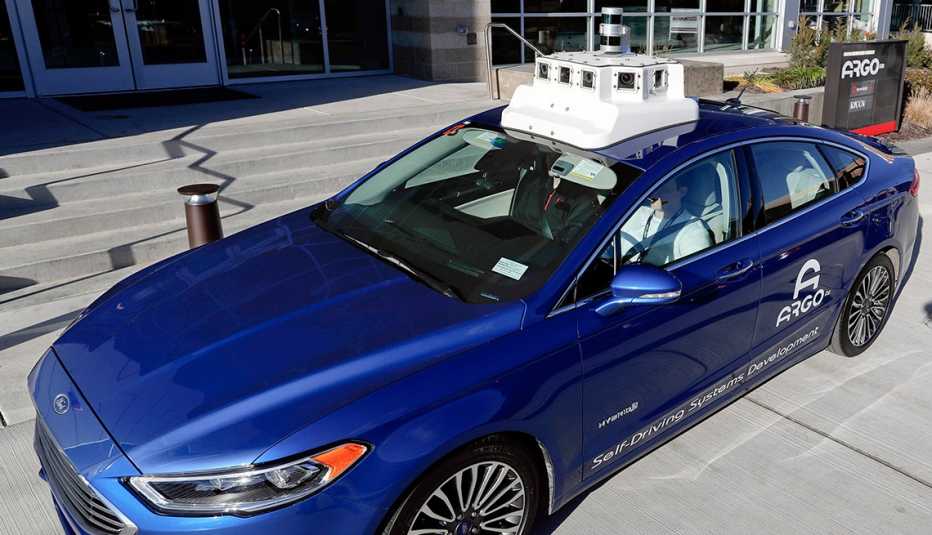AARP Hearing Center
For many older adults and people with disabilities, there comes a time when getting in and out of a car requires more than a grab bar or door strap. For caregivers, modifying or purchasing a vehicle to transport a mobility-challenged loved one can seem overwhelming, involving a host of equipment options and myriad safety and financial issues.
It’s not a process to take lightly. “People spend a lot on this stuff, and they should make sure it’s the right stuff,” says Elin Schold Davis, an expert on mobility for older adults at the American Occupational Therapy Association.
Depending on your situation, the right stuff could be anything from a crash-tested wheelchair to a heavily modified minivan. Even experienced caregivers familiar with transporting loved ones can be daunted by today’s array of accessibility hardware, says John Schall, CEO of the Caregivers Action Network, a nonprofit education and advocacy group.
Here are some key things to consider and resources to consult.
Passenger safety
Experts recommend that people with limited mobility continue to use a vehicle’s regular passenger seat for as long as possible rather than riding in a wheelchair. “That’s the better choice,” says Kathleen Klinich, a mechanical engineer and associate research scientist at the University of Michigan Transportation Research Institute (UMTRI).
A car’s original seats must meet federal safety standards requiring a frontal crash test at 35 mph. There’s no such government mandate for wheelchairs in cars. But shifting into the regular car seat may be impractical, or even impossible, for wheelchair users with severe mobility limitations or caregivers who are themselves older or lack the strength to repeatedly lift or support someone in and out of a vehicle seat, Schall says.
People in these situations may want to seek out wheelchairs rated WC19, a voluntary industry standard adopted by some manufacturers for devices doing double duty carrying passengers in vehicles. The standard is based on crash testing and is certified by the Rehabilitation Engineering and Assistive Technology Society of North America. The UMTRI website provides a list of WC19-rated chairs.
These devices, sometimes described by sellers as a “transit option,” cost roughly $400 to $1,000 more than non-WC19 chairs, according to Klinich. Medicare generally will pay most of the cost of a wheelchair that is prescribed by a doctor for use at home, as will some private insurers, but they will not cover the extra expense of getting a chair rated for transportation safety, she says.
“Insurance not paying for it is kind of the barrier” to wide acceptance of WC19 chairs, Klinich adds. “I think if Medicare started doing it, others would.”
Securing the chair


If riding in a wheelchair is the preferred choice for your situation, you’ll need to install a mechanism to clamp the chair in place in the vehicle. These are often marketed as “wheelchair securement” systems. Well-known brands include Q’Straint and Sure-Lok.
One option is a tie-down system, with four straps that hook on to the wheelchair frame to secure the chair. The straps can be anchored to bolts, brackets or tracks mounted on or built into the vehicle floor. For each ride, someone other than the wheelchair user has to attach the strap-and-hook mechanisms to the chair and cinch them tight to keep the chair secure. (Some systems can automatically retract the strap to reach the proper tension.)



































































